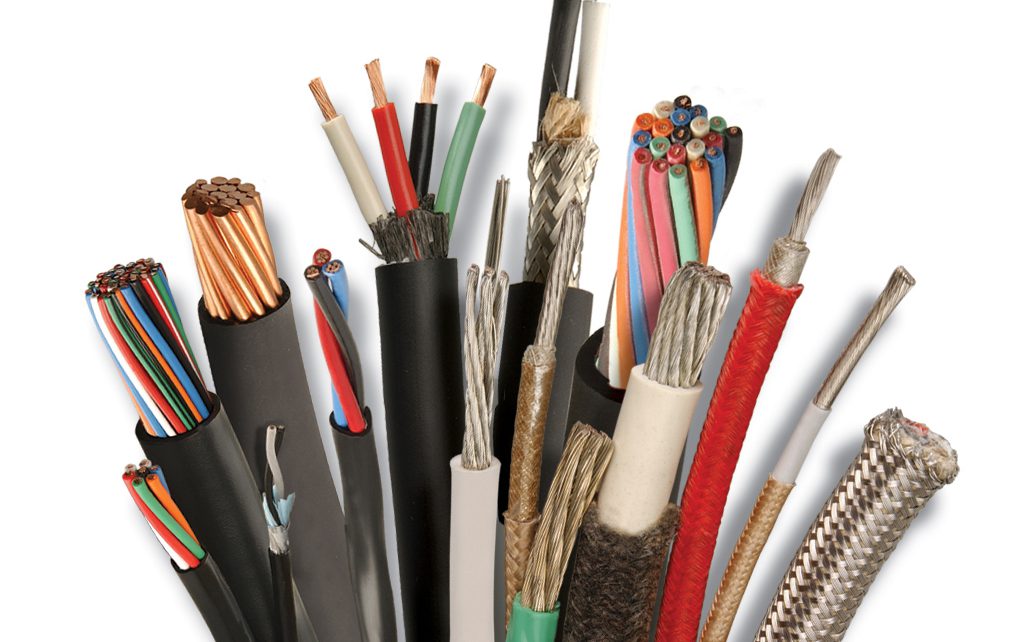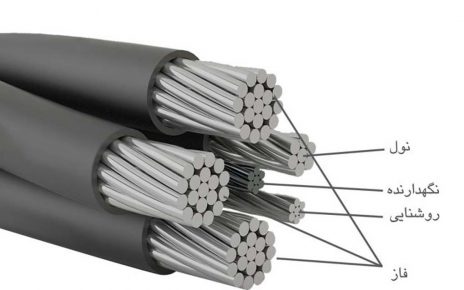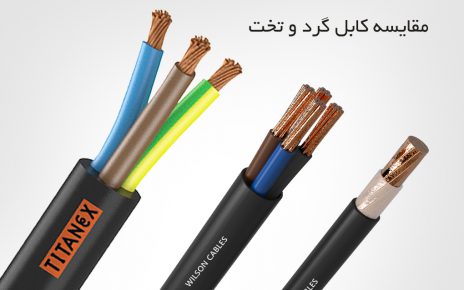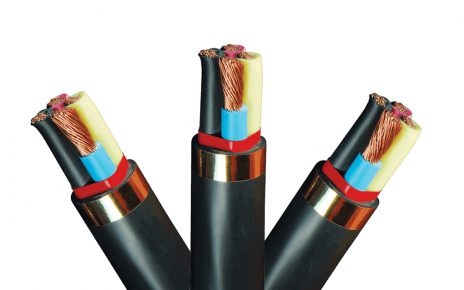In this article, we tried to examine the types of cables and their differences:
Low voltage cables (Low Voltage Cables):
Includes a variety of copper and aluminum cables insulated with various polymers that are in the voltage range of 600 to 1000 volts.. These cables are used to transmit electricity in various applications, from lighting to transmission of driving force to electric motors, etc..
There is a wide range of low tension cables that are specifically designed for the operating environments in which they are used.. The range of products includes fireproof cables (IEC 331:For use in sensitive environments where fire extinguishing is very important) Flame resistant ( IEC 332: For areas where there is a possibility of fire and fire extinguishing is not necessary, but the cable should not be ignited) lead sheath (Creating a general protection against the penetration of hydrocarbons, corrosive gases and water) and armored cables (Creating mechanical protection), low smoke, Halogen free, It is resistant to hydrocarbons and petroleum substances.
Medium pressure cables (Medium Voltage Cables):
Cables with XLPE insulation And the conductors are copper or aluminum, which are at the voltage level of 1 to 36 kV and are widely used in urban and industrial areas..
Our medium voltage cables are manufactured according to IEC standards or BS and VDE alternatives.
High voltage wires and cables (High Voltage Cables):
High voltage cables and high voltage are made with copper or aluminum conductors and XLPE insulation and a voltage level higher than 36 kV.
XLPE insulation is injected onto the conductor using a computer-controlled CCV line. Injected XLPE insulation must have a completely uniform crystal structure and be free of any impurities and voids.. In the key points of the CCV line, necessary quality control is also applied.
XLPE insulation is physically and chemically very inclined to form a chain with water molecules. If there is water or water vapor in the insulation layer, they will create these chains and lower the electrical resistance of the insulation.
Construction wires and cables (Building Wires and Cables):
Construction wires and cables are responsible for distributing electricity in the building. These types of wires and cables have different structures. Among these structures, we can mention flexible cables, whose conductors must be flexible . The insulation used in them is PVC 70 ºC or PVC 90 ºC or Rubber. This type of cables can be produced in shielded form with plain copper texture or coated tin.
Heat Resistant cables are another category of this group, in addition to the flexible conductor, their insulation must be Silicon Rubber. This type of insulation will have a thermal tolerance of 180°C and Glass Fiber Braid coating is used to increase their thermal tolerance and protect the insulation against mechanical damage..
Instrument cables (Instrumentation Cables):
Instrument cables in control systems to send/receive signals (signals) Digital and analog to/from equipment and sensors (sensor) used.
These cables are generally at the voltage level of 110-24 volts and/or rated current of 4-20 milliamps.. Instrument cables must be protected against interference of electric waves. Types of cables and differences
Fireproof cables (Fire Resistant (Safety) Cables):
Fire resistant cables must be able to withstand fire, fire with water and/or fire with mechanical shock.
Cables that are used in public places and emergency systems such as fire alarm circuits and emergency lighting systems should, as the most basic things, not endanger human health and cabling by releasing acid gases..
These cables should be fire suffocating and low smoke. In other words, these cables should not continue to burn when the source of the fire is gone, or transfer the fire to other places, or create smoke that prevents the emergency lights or the exit from being seen..
Today, in the electrical industry, a huge part of electrical energy distribution, especially in low pressure, is done by cables. Of course, special cables are also used in some cases to transmit medium and high pressure electrical energy. The use of cables in electrical installations is very wide and very important. Cable factories produce many types of cables for public and private use. Also, hundreds of thousands of specialists with different skills are working in various sectors of this industry. Of course, in addition to the production department and strong pressure, it requires a deadline and compliance with technical principles.



